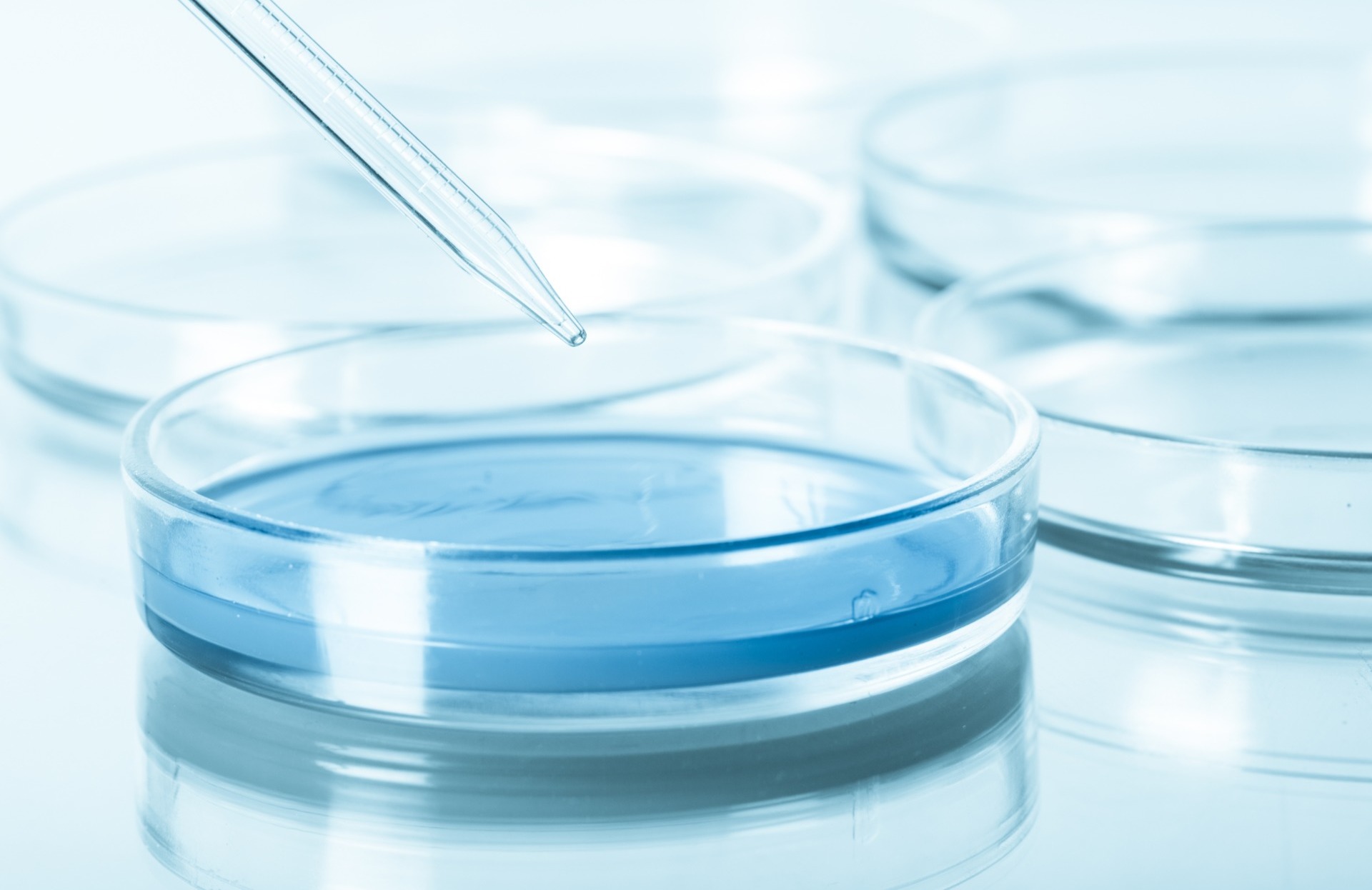BS7592:2022: What’s New?
Posted on 19th June 2022
Standard BS7592:2022 has had extensive changes recently. It is essential that anyone working in water sampling for Legionella control keeps up to date with developments in this standard. Prior to the 2022 updated version, the standard was last issued in 2008.
Let’s take a look at the some of the key updates to this standard surrounding sampling for the presence of legionella bacteria.
The BS7592:2022 states that a ‘clear rationale should be provided for any sampling’ whether routine or incident based. This aims to eliminate either sampling for the wrong reason, or sampling without reason. A clear rationale for sampling includes:
1. When selecting which outlets should be included on a Water Sampling Plan, sampling locations should be selected based on ‘locations considered most likely to contain the highest numbers of Legionellae or which pose the greatest risk from exposure’.
2. Where routine sampling is required, it should only be included on a Water Sampling Plan ‘as identified by a Legionella Risk Assessment taking account of, but not limited to:
The presence of highly susceptible people; and
Ongoing verification of a recommended scheme of control where the potential for Legionella growth is identified’.
3. The samples taken for ‘routine monitoring purposes’ which form part of a Water Sampling Plan should be ‘pre’ flush samples and should be ‘taken from unmixed outlets’. Non-Sentinel outlets are also to be sampled on a ‘rotational basis’ to ensure a complete picture of the potential Legionella colonisation is obtained. Where ‘post’ flush samples are taken, the condition of the outlet should be recorded and, where the condition could affect sample outcome, brought to the attention of the Responsible Person (RP). Also, as outlet sterilization is a key part of the methodology in taking a ‘post’ flush sample ‘the outlet and surroundings should be rinsed with clear water to avoid damage to the outlet and surrounding surfaces’ once the sampling has been completed. Additional samples of both ‘pre’ and ‘post’ flush should be obtained ‘from outlets of particular concern as indicated by a risk assessment or by temperature monitoring’.
4. There has also been a change in the recommendations for where sampling of cold water storage tanks/cisterns have been identified. Previous guidance stated that ‘dip’ sampling was an effective method of identifying the colonisation potential of a cistern, the standard now states ‘potable water cisterns should not be opened for sampling as this can introduce contamination, especially when removing the lid. Instead, the sample should be taken from either a dedicated sample valve or the nearest outlet to the cistern’.
GES Water are here to help. If you need help understanding or implementing this standard, please do not hesitate to get in touch with our friendly team here.

Tagged as: aylesbury, britishstandard, BS7592:2022, Flushing, geswater, Legionella, legionellaawareness, update, waterhygiene, watersampling, watersystem
Share this post:


